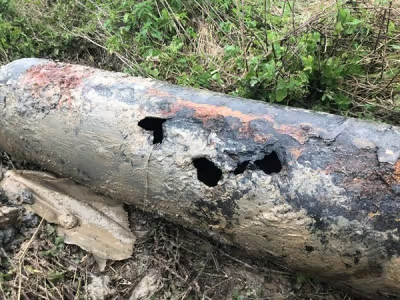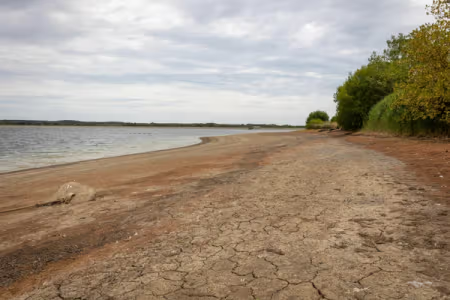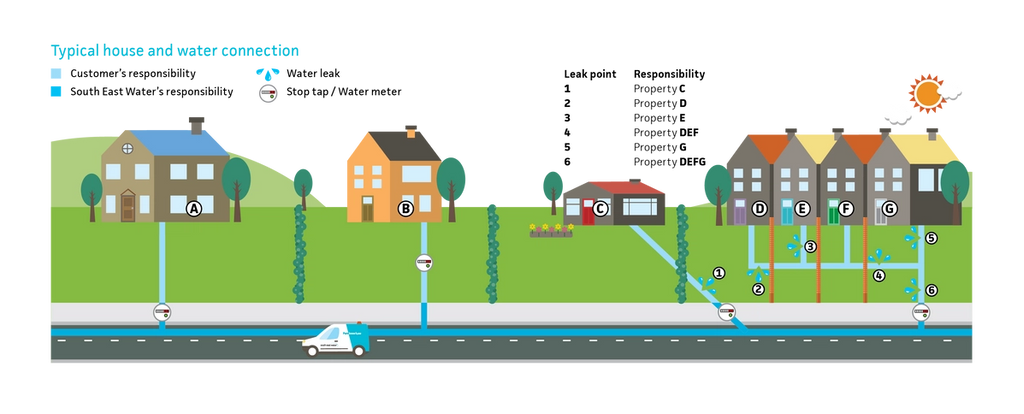Spotting leaks at home and while out and about can be tricky as they’re often hidden.
Leaks in your home can also impact your bills and cause damage to your appliances and even your home.
We invest millions every year to find and fix leaks across our network of 9,000 miles of pipes – enough to stretch from the UK to Australia – and our customers help us spot them so we can act as quickly and safely as possible to save water.
What is leakage?
Leakage is defined as the amount of water lost from pipes across the network and customer's homes. We typically supply 543 million litres of water daily to 2.3 million customers in the South East.
Many factors affect leakage, but the three main ones are:

Natural wear and tear on our network
There are over six million joints which have to withstand high pressure 24 hours a day, seven days a week.
Inevitably, sometimes, the pipes and joints fail unexpectedly, but we work around the clock to repair them as quickly as possible.
Sometimes we can’t do this as quickly as we’d like, whether we need to wait for permits to close a road, or work with other utilities if their equipment is too close to our water pipes in the ground.

The seasons
In typical weather conditions, the colder winter months increase leakage due to pipes shrinking, causing the joints between them to open.
Equally, warmer temperatures can undo this effect to reduce leakage. This is expected to even out during the year but leads to peaks and troughs in leakage levels.

Extreme weather events
These can impact leakage over and above the typical seasonal rise and fall. A freeze followed by a rapid thaw can over-stress pipes, causing them to burst.
Similarly, prolonged hot, dry periods can crack the earth that supports pipes, causing them to move and break.
What to do if you spot a leak in the street
If you spot a leak while out and about, the first thing to do is check if we know about it Our live map(opens in a new tab) shows all the leaks we’re aware of.
If it’s not there, you can use the map to tell us where you’ve found it and how severe it is.
If the leak is severe or you have a water emergency please call our 24/7 emergency line on 0333 000 0365.(opens in a new tab)

Our work to find and fix leaks
We have dedicated resources tackling leakage, which include 52 teams repairing leaks reactively and more than 60 leakage technicians searching for and finding leaks proactively.
We’re doing this by investing nearly £40 million a year, and we find and fix approximately 20,000 leaks per year.
There is so much that needs to be considered for each leak we find, so read our blog on the processes involved in repairing a leak once it has been reported to us.
Water pipe responsibility
The water mains and pipes in public roads and footpaths are our responsibility as your drinking water supplier.
Pipes not in the road or footpath and all your internal pipework is normally your responsibility. However, not all supply pipes are set out in this way.
For example, you may share your supply pipe with a neighbour. It's easy to find out if you share a supply by checking how many external stop taps are outside your home. These are usually found in the pavement at the property.
If there is an external stop tap outside every home on the street, then each home will have its own supply. If there's only one, you are likely to be on a shared supply with your neighbours.
Both the stop tap and meter are our responsibility and it's our duty to fix any leaks that might happen here.
The pipe that carries water from the stop tap into your house is called the supply pipe and this is normally your responsibility. In the event of a leak on this pipe or within your property, you may find you are covered by your household insurance policy.
We recommend that you contact an approved plumber by visiting our dedicated webpage here.

Innovate with us
We’re always on the lookout for new technologies, so if you have a product or service that could help us achieve our goals, we’d love to hear from you.

Engineering schemes
Another critical tactic to reducing leaks is the maintenance of our infrastructure through various engineering schemes. We invest and plan engineering works for a range of reasons, from replacing burst-prone pipes to upgrading old water mains. This is often the best solution for high-level of leaks. Between 2020 – 2025 we will invest more than £489 million in engineering schemes.





